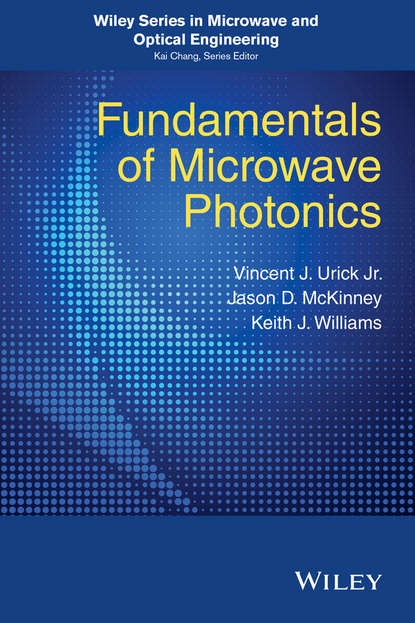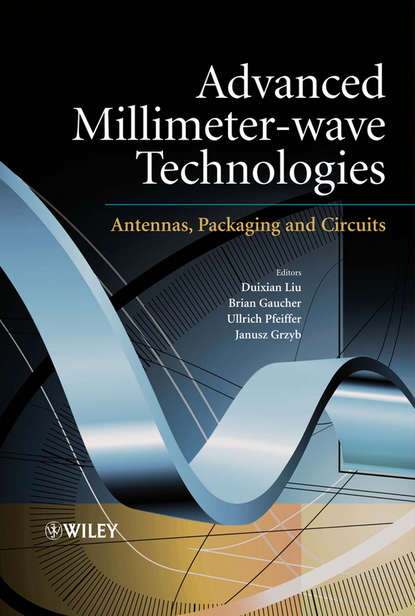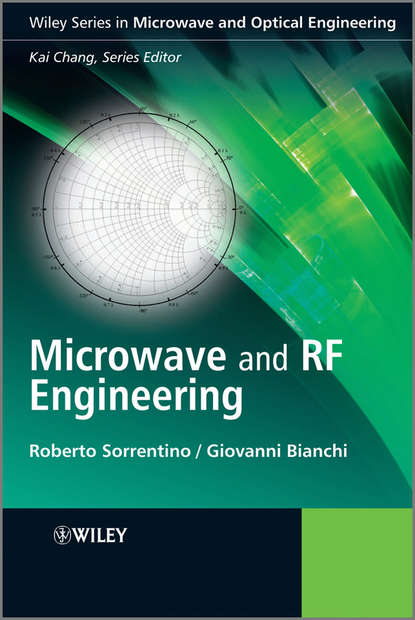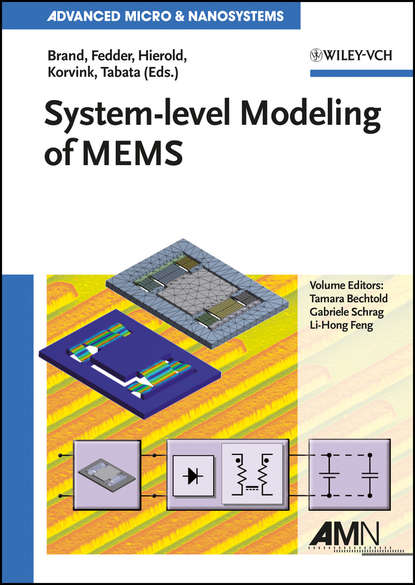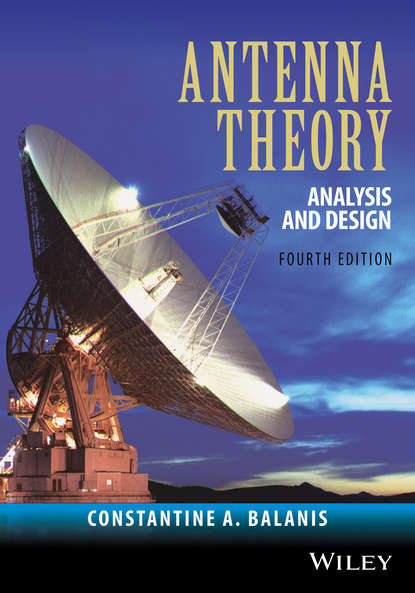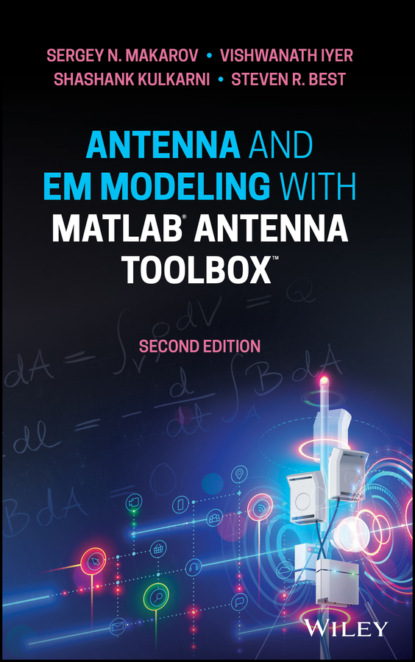"Основы микроволновой фотоники" - это исчерпывающий ресурс по проектированию и созданию аналоговых фотонных линий, способных обеспечить высокую радиочастотную производительность. Книга охватывает описание аналоговых оптических линий от основных принципов до приложений и состоит из четырех частей. Первая часть начинается с исторической перспективы микроволновой фотоники, перечисляя преимущества оптоволоконных линий и отличая аналоговые и цифровые линии. Вторая часть охватывает основы микроволновой фотоники как в радиочастотной, так и в оптической областях. Третья часть сосредоточена на аналоговых форматах модуляции и начинается с концепции, производя радиочастотные метрики производительности из основных физических моделей, а затем анализирует проблемы, специфичные для каждого формата. Последняя часть рассматривает приложения микроволновой фотоники, включая аналоговые системы приема, приложения фотодиодов высокой мощности, радиоастрономию и произвольную генерацию формы волны. Книга охватывает фундаментальные концепции, включая основные аспекты шума, источники искажений и эффекты распространения. Предоставляются уравнения для проектирования в удобных формах в качестве быстрого справочника. Рассматриваются архитектуры аналоговых фотонных линий вместе с их применением в радиочастотных системах. Книга "Основы микроволновой фотоники" станет неотъемлемым ресурсом в лаборатории, в полевых условиях или во время проектирования. Авторы имеют более 55-летний опыт работы в области микроволновой фотоники и опубликовали более 250 связанных работ.
This volume is renowned for its capability to structure and construct photonic analog links with high RF productivity. Fundamentals of MW Photonics summarises a comprehensive outline of analog fibre optic tie-ins from fundamental aspects to situations.
The document is structured into four main sections. In the earliest draft, a historical overview of MW photonics is presented. It outlines the crucial advantages of optical fibre links and classifies analog and digital connections.
In the second major portion, core ideas concerning MW photonics are considered in both RF and optics frameworks. The following segment primarily focuses on analogue modulation techniques, exploring the concept and subsequently deriving essential RF performance properties from elementary physical models, then analysing concerns associated with each approach.
Finally, the final segment focuses on the applications of MW photonics, examining analogue receive strategies, high dimensional optical diodes applications, cosmic radio statistic analysis, and absolutely shaped wave manufacturing.
This text contains the fundamental ideas, consisting of fundamental analyses linked to noise, sources of punishment and spread effects. It also offers design equations accessible to any user as a quick referred text, it also, investigates photonic linkage designs and their adaptation to RF frameworks.
Tendencies of MW photonics presented in this book will become a definitive resource in an experimental setting, in the course, or in design meetings. Its authors must have a cumulative work experience of more than half a century in MW photonics field and have authored over 25 ync descriptions related to the topic.
Электронная Книга «Fundamentals of Microwave Photonics» написана автором V. J. Urick в году.
Минимальный возраст читателя: 0
Язык: Английский
ISBN: 9781119029786
Описание книги от V. J. Urick
A comprehensive resource to designing and constructing analog photonic links capable of high RF performance Fundamentals of Microwave Photonics provides a comprehensive description of analog optical links from basic principles to applications. The book is organized into four parts. The first begins with a historical perspective of microwave photonics, listing the advantages of fiber optic links and delineating analog vs. digital links. The second section covers basic principles associated with microwave photonics in both the RF and optical domains. The third focuses on analog modulation formats—starting with a concept, deriving the RF performance metrics from basic physical models, and then analyzing issues specific to each format. The final part examines applications of microwave photonics, including analog receive-mode systems, high-power photodiodes applications, radio astronomy, and arbitrary waveform generation. Covers fundamental concepts including basic treatments of noise, sources of distortion and propagation effects Provides design equations in easy-to-use forms as quick reference Examines analog photonic link architectures along with their application to RF systems A thorough treatment of microwave photonics, Fundamentals of Microwave Photonics will be an essential resource in the laboratory, field, or during design meetings. The authors have more than 55 years of combined professional experience in microwave photonics and have published more than 250 associated works.
